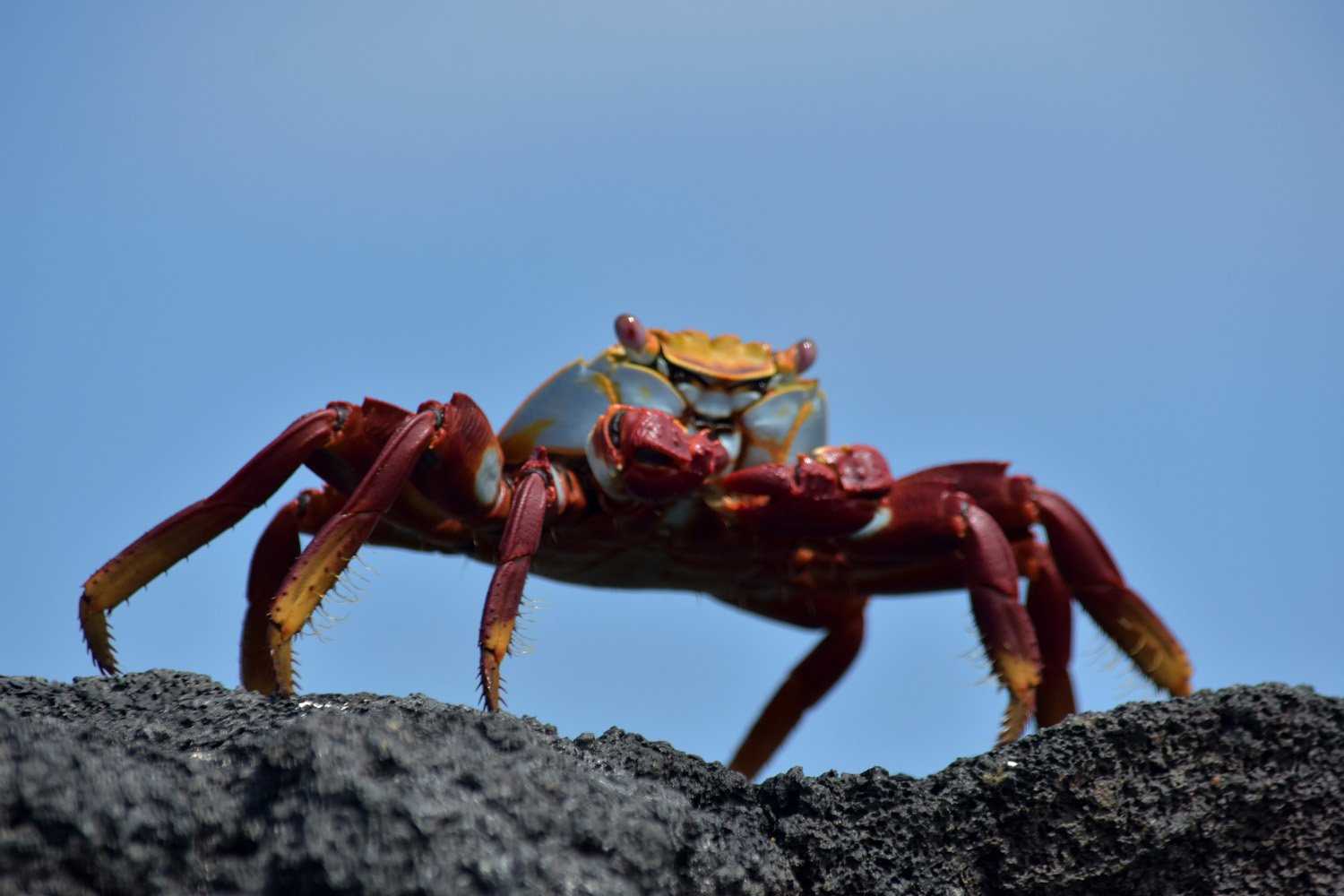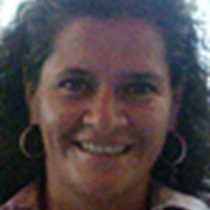The westernmost islands of this archipelago, where the expedition brought us today, are the youngest islands of them all. The scenery of the shield-shaped volcanoes made it easy for our guests to understand what geological time means, and how erosion shapes the landscapes of the planet. This area of the archipelago is bathed by a cold undercurrent that is very rich in nutrients, which is responsible for the marine wildlife found in the Galapagos and also for the green color of the water, known as “the upwellings”.
Fernandina is around a hundred and fifty thousand years old, which in geological time once is considered very young. Our first stop this morning was Punta Espinoza, a site that takes us back to very beginning of time, to an island’s birth. During the walk we talked about the very early processes of life that we can see taking place here, starting with the formation of soil. The simplicity of this forming ecosystem together with its fragility reminded us that this special place deserves to be conserved, so that the life cycles of the species that inhabit this part of the planet will not be altered by humans and can continue with its evolutionary processes.
In the afternoon, we stopped at Punta Vicente Roca, along the coastline of Isabela Island, to visit the unique species that inhabit this area. Our Zodiac ride was very exciting, with sightings of Galapagos penguins, which are the smallest of the globe, flightless cormorants, marine iguanas, and Pacific green sea turtles.
As we crossed the equatorial line at sunset, we realized that the overwhelming power of nature that surrounds us along the week is reminding us that we are a part of this precious planet that deserves to be conserved.









